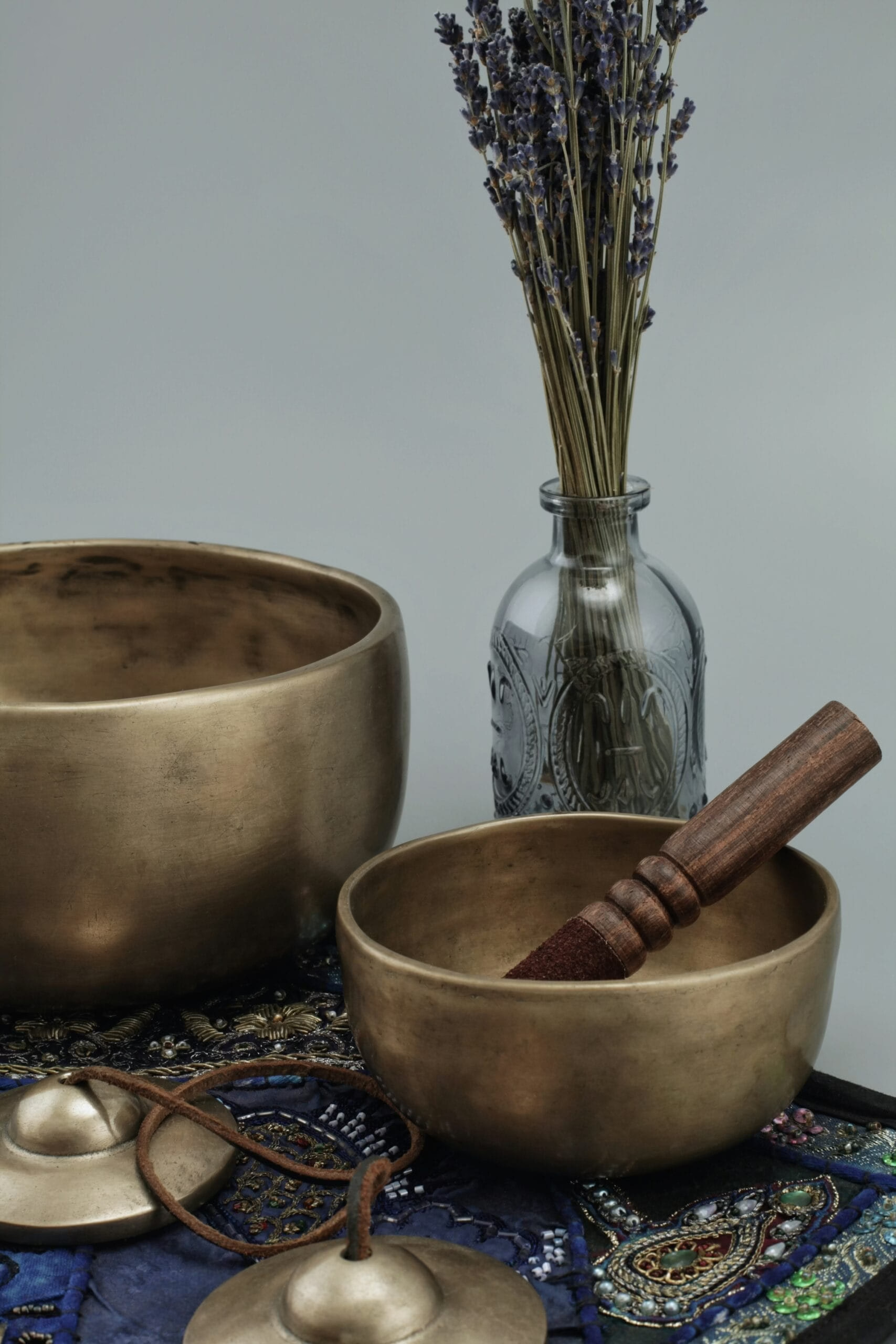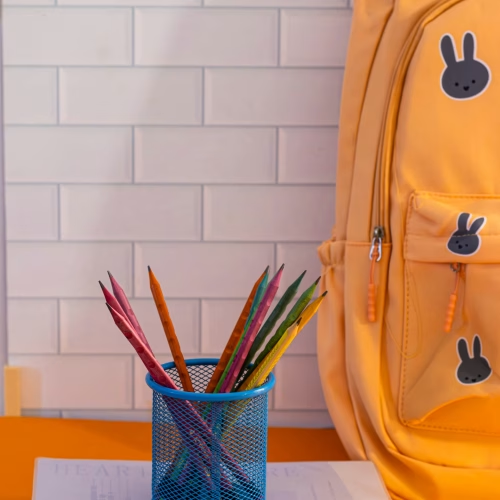Mindfulness meditation has grown to be a popular exercise, and many people have normalized it. It has a lot of benefits, including reducing stress and improving overall well-being
Whether you want to find inner peace or are looking for ways to manage stress better, mindfulness meditation offers a simple solution.
I used to believe that mindfulness meditation was only practiced in historic traditions and monasteries, until I tried it myself. Honestly speaking, it has been working for me.
For starters, diving into mindfulness meditation can seem so hard. Have you ever tried meditating and ended up making a mental travel list instead? Or worse, dozing off? Trust me, you’re not alone.
Mindful meditation is not all about Incense, yoga mats, or candles. It’s just about being present
Mindfulness meditation encourages focusing on the present moment, helping you become more aware of your thoughts, feelings, and sensations without judgment.
In this article, we’ll break it down step by step so you can start practicing without feeling like you’ve signed up for a monastery.
Whether you’re looking to reduce stress, boost focus, or just sit quietly without judgment, mindfulness meditation is the real deal..
What is Mindfulness Meditation
Before going straight into mindfulness meditation, it’s good to know what it is. Mindfulness is the practice of feeling the present moment, without judgment, and with an open attitude.
Think of it as a mental workout for your brain, except instead of lifting weights, you’re lifting awareness
When combined with meditation, it becomes a tool for clearing thoughts, achieving rest, and creating a deeper connection with the present moment.
It’s about tuning into the present moment without dwelling on the past or worrying about the future.
Think of it as giving your mind a much-needed break from overthinking everything that is going on in your life, yes, including that embarrassing thing you did in 2012 back in college.
Instead of trying to stop your thoughts, which is impossible, mindfulness meditation teaches you to observe them without getting caught up. It’s like watching clouds pass by instead of getting stuck in a storm.
I struggled as a beginner; I would always wander away. My friend tried meditating but kept getting distracted, so he set a timer for 10 minutes, only to spend the whole time wondering if the timer was working.
When it finally rang, he proudly declared himself a mindfulness expert. What I’m trying to show you is that many beginners struggle with practicing meditation, but once you master it, you’ll thank me later.
For beginners, the goal isn’t to “clear the mind” but to notice thoughts without getting caught up in them.
With regular practice, you can become emotionally stronger, focus better, and understand your thoughts more clearly.
Getting Started with Mindfulness Meditation
For beginners, the thought of starting a meditation practice can feel overwhelming. However, it doesn’t require any special equipment or training to commence.
By practicing mindfulness, you’re better equipped to manage your emotions, reduce anxiety, and build emotional resilience, all of which are essential parts of a strong self-care routine.
You just need a quiet, comfortable space, with simply yourself and your thoughts.
If you want help getting started, this Mayo Clinic mindfulness page has beginner-friendly tips you can try right away.
Setting up Your Meditation Space
You need a quiet place to simply sit without distractions. It doesn’t need to be a secluded room; it may be a corner of your living room or even in your bedroom. I always prefer to do it in my bedroom.
The secret is to make sure that the space is free from distractions, allowing you to focus without outside distractions.
Some people prefer to light a candle, play calming music, or use essential oils to clear the energy in their space, however, these are non-compulsory.
I prefer using lavender oil. I apply it to my wrist, it sets the mood for meditation.
Once you’ve chosen your space, find a comfortable position to sit in. This could be on a cushion on the floor, in a chair, or even lying down if that feels more relaxing for you.
The key is to maintain a position that keeps you alert while staying comfortable. Make sure your back is straight and your shoulders relaxed to avoid any tension.
Focus on your Breath
A common way to begin practicing mindfulness is by focusing on your breath. This simple but effective practice involves listening to the natural rhythm of your breathing and how air flows in and out of your body.
Feel the sensation of the breath as it enters your nostrils, travels down to your lungs, and leaves your body again.
With every inhale and exhale, try to concentrate solely on the breath. If your mind begins to wander, gently bring it back to the breath without judgment or frustration.
One of the most useful techniques for beginners is to count breaths. Inhale and count “one,” exhale, and count “two,” and continue this pattern until you reach ten.
Once you reach ten, start again at one. Counting helps keep the mind engaged and focused on the present moment.
Acknowledge your thoughts without attachment
All through meditation, it’s inevitable that your mind will wander. You might start thinking about your to-do list, upcoming events, or your work deadlines.
Instead of trying to block these thoughts or getting pissed off with yourself, simply acknowledge them. Recognize them as thoughts that come and go, then gently bring your focus back to your breath
The important thing here is to no longer judge your thoughts. Meditation isn’t about stopping thoughts; rather, it’s about observing them from a distance.
It’s a practice of mindfulness, where you learn to be aware when your mind wanders and gently redirect your attention.
Over time, this practice helps you become more aware of your thoughts and reactions, allowing you to manage them with greater ease. Don’t be too hard on yourself, just take it one step at a time.

The benefits of Mindfulness Meditation
Mindfulness meditation may seem like a simple practice, but its benefits can be profound.
Many people start meditating to relieve stress or gain mental clarity, but the impact goes far beyond that.
For beginners, practicing mindfulness meditation can bring positive changes to various areas of life. I can attest to that; the moment I mastered the art of meditation, my overall well-being improved.
1. Reduce your Stress
One of the most well-known benefits of mindfulness meditation is its ability to reduce stress by training the mind to focus on the present moment and accept it without judgment.
Meditation helps break the cycle of overthinking and worry that often contributes to anxiety and stress. Instead of dwelling on past mistakes or fear of the future, mindfulness meditation brings you back to the here and now.
It has been proven that mindfulness meditation can help alter the mind’s stress response. The amygdala, the part of the brain responsible for processing emotions like fear, becomes less reactive after consistent meditation practice. This means you’re better equipped to deal with stress and anxiety when they arise.
2. Improve your focus and attention
Mindfulness meditation also improves attention and focus. Regular practice trains the mind to stay focused on a single task or thought for an extended period.
This ability to focus on one thing at a time is useful not just during meditation but in our daily lives as well. You’ll find it simpler to focus on work and stay away from distractions if you can develop this ability.
It can be challenging to stay focused in our daily lives with so many distractions. By strengthening the mind’s capacity for concentration, meditation helps people stay on task and finish projects quickly.
I find it easier to focus on my professional tasks now that I’ve started meditating.
3. Improve your Self-Awareness and Personal Growth
By paying attention to your thoughts and feelings, mindfulness meditation improves your understanding of who you are.
When you sit quietly and observe your mind without judgment, you become more aware of your inner world. This awareness helps you notice habits and patterns in your thoughts and behavior that you might not have realized before.
Over time, mindfulness meditation can also support personal growth. By becoming more aware of your thought patterns, you can start to change negative habits and ways of thinking.
This shift in mindset can lead to greater emotional intelligence, increased compassion, and better relationships with others.
I used to be too hard on myself, but mindfulness helped me recognize and break that pattern. I now cultivate self-compassion, which has enhanced my relationships and given me more confidence.
Tips for a Successful Practice
It can be hard for beginners to maintain a consistent practice, but it’s important to approach it patiently and consistently. Here are a few tips to help you stay motivated and get the most from your practice:
Start Small: start with quick sessions, including five to ten minutes in the afternoon. As you start to be extra at ease, you can steadily expand the time of your practice.
Be constant: like any new habit, consistency is crucial; try and meditate at the same time every day, whether it’s in the morning, during lunch, or before bed.
Don’t rush it: Learning to meditate is a skill that requires time. Be kind to yourself and don’t expect results right away.
Use Guided Meditations: If you’re struggling to meditate on your own, you can try using guided meditations.
Many applications and websites offer free services that offer step-by-step directions and soothing activities to help you stay focused.
Conclusion: Mindfulness Meditation
Mindfulness meditation is a powerful practice that offers many benefits. With consistent practice, you can reduce stress, improve focus, and develop greater self-awareness.
A successful meditation begins with basic practices like paying attention to your breath and objectively examining your thoughts..
Over time, mindfulness can become a part of your daily life, allowing you to face challenges with greater calm, clarity, and purpose. If it worked for me, it can also work for you.
You can eventually integrate mindfulness into your everyday routine, which will help you deal with obstacles with more composure, clarity, and purpose. It can work for you if it worked for me.
Have a wonderful day.









